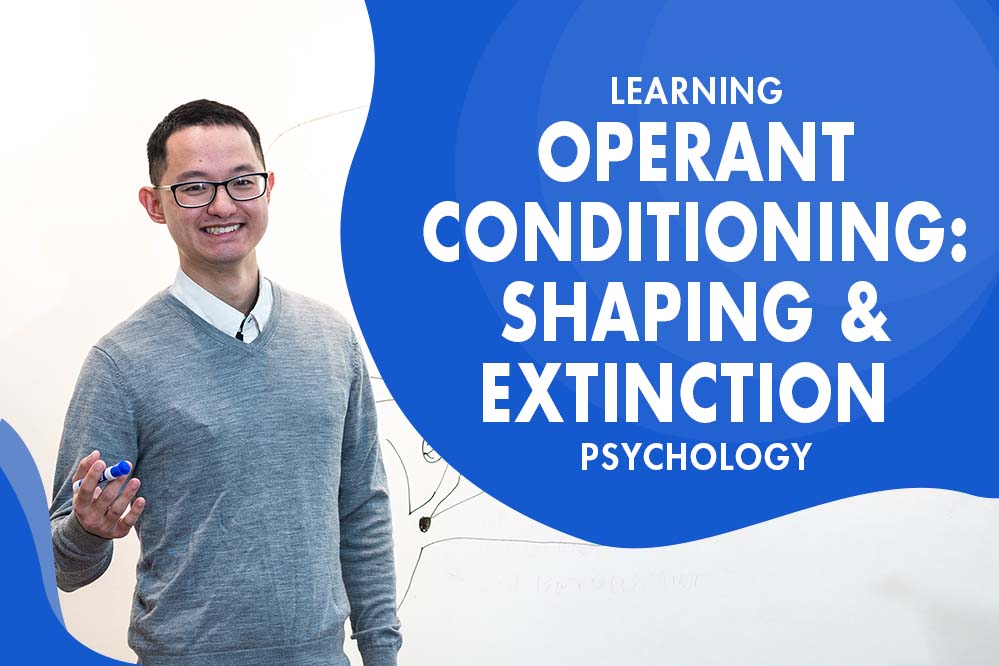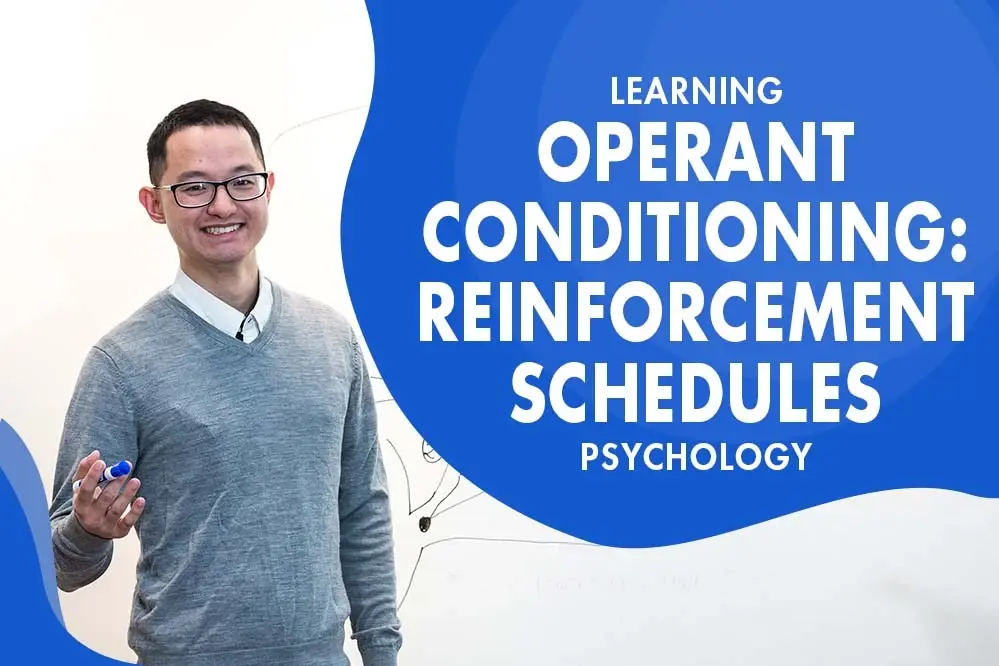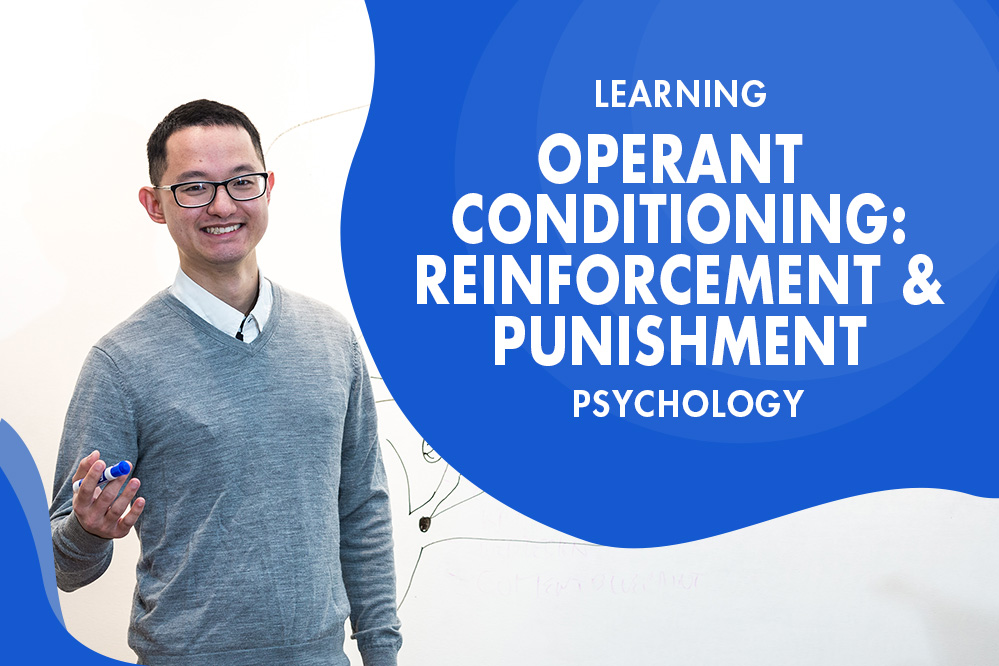Escape and avoidance learning differ because:
I. escape results from positive punishment.
II. adverse stimuli do not have to be present in avoidance.
III. adverse stimuli stop in both.
a) I only
b) II only
c) II and III only
d) I, II, and III
Get 1-on-1 MCAT Tutoring From a Specialist
With MCAT tutoring from MedSchoolCoach, we are committed to help you prepare, excel, and optimize your ideal score on the MCAT exam.
For each student we work with, we learn about their learning style, content knowledge, and goals. We match them with the most suitable tutor and conduct online sessions that make them feel as if they are in the classroom. Each session is recorded, plus with access to whiteboard notes. We focus on high-yield topics if you're pressed for time. If you have more time or high-score goals, we meticulously cover the entire MCAT syllabus.
Escape & Avoidance Learning for the MCAT
Operant conditioning encompasses a wide array of learning processes, among which escape and avoidance learning hold significant importance. Building upon the foundational work of psychologist B.F. Skinner, escape and avoidance learning are forms of negative reinforcement, in which an individual acts to terminate a undesired stimulus or avoid it all together. Escape learning occurs when an organism learns to terminate an unpleasant stimulus by engaging in a specific behavior, while avoidance learning involves acquiring the ability to prevent the occurrence of the aversive stimulus altogether. This post will explore what you need to know about escape and avoidance learning for the MCAT.
Escape Learning
Escape learning is a type of negative reinforcement in which one distances themself once they are presented with an undesirable stimulus or performs a behavior to stop that stimulus once it begins to occur. In other words, the animal or individual understands that a negative stimulus is being presented, and makes a conscious decision to stop the stimulus. For example, say you have a rodent in a two compartment box. If each compartment is designed to shock the rodent while the other compartment is off, then the rodent will learn that if it is shocked in one compartment, it needs to move to the other compartment to terminate the negative stimulus. This negatively reinforces the animal to move to the next compartment when it is shocked.
Avoidance Learning
Avoidance learning occurs when an animal or individual performs a behavior that prevents a forthcoming negative stimulus. In this case, the animal or individual needs to learn how to predict that the negative stimulus will occur, and then learn to perform a behavior that prevents the negative stimulus from occurring. For example, if the rodent is placed in the two compartment box used in the previous example, but, instead of no warning, a light flashed before the compartment's shock capacity is turned on, the rodent can learn to respond to the light, avoiding the shock.
Explore More
MCAT Masterclass Chapters
Take a closer look at our entire MCAT Masterclass or explore our Psychology lessons below.
- MCAT Psychology Operant Conditioning: Token Economy - MCAT Psychology View Subject
- MCAT Psychology Operant Conditioning: Shaping & Extinction - MCAT Psychology View Subject
- MCAT Psychology Operant Conditioning: Reinforcement Schedules - MCAT Psychology View Subject
- MCAT Psychology Operant Conditioning: Reinforcement & Punishment- MCAT Psychology View Subject
- MCAT Psychology Classical Conditioning View Subject
- MCAT Psychology Overconfidence vs Underconfidence Effect - MCAT Psychology View Subject




